The Coast Guard's Advice For Staying Safe On The Water
A couple years ago, we shared some advice for boaters from the U.S. Coast Guard on the best ways to be prepared for emergencies while you’re on the...
2 min read
Bell Performance : May 2 2014
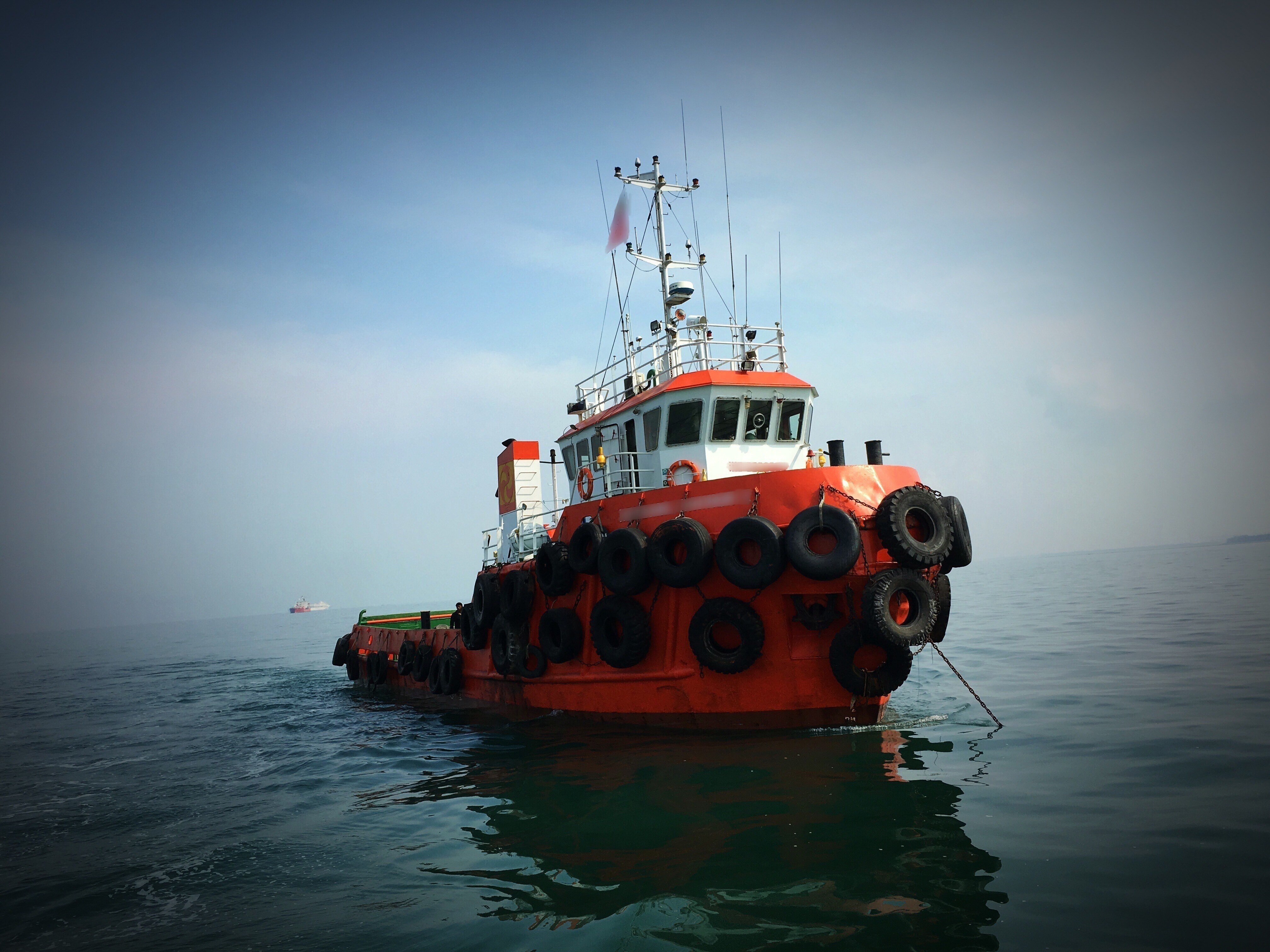
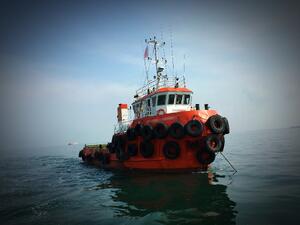 If you are a boat owner, it is your responsibility to insure that your boat has the required safety equipment (called carriage equipment by the United State Coast Guard). It is also your responsibility to make sure your boat complies with state and federal regulations for things such as numbering and safe boat operations.
If you are a boat owner, it is your responsibility to insure that your boat has the required safety equipment (called carriage equipment by the United State Coast Guard). It is also your responsibility to make sure your boat complies with state and federal regulations for things such as numbering and safe boat operations.
Today we pass along some boat safety tips from the United States Coast Guard to make your boating time fun, safe and in compliance with rules and regulations.
You must permanently attach or paint the boat’s registration number to each side of the forward half of your boat.
The lettering is required to be at least 3 inches high, vertical, block characters that color contrasts with that of the hull. The numbers should be separated from the letters with a hyphen or space.
Keep your registration documents on your boat so they are available for inspection. If you own a boat 5 net tons or greater, it needs documentation, too. Permanently affix documentation numbers to the interior of your boat. Display the boat’s home port and name on the hull in letters at least 4 inches high.
Drowning is the number one cause of death for those involved in boating incidents. Accordingly, the Coast Guard is very strict about compliance with PFD requirements. This starts with Personal Flotation Devices (PFDs).
For a personal flotation device (Life Jacket) to be approved by the United States Coast Guard, it must in good condition and of a suitable size for each person on the boat. PFD requirements for children mandate they be especially designed for kids.
Make sure life jackets are readily available for wear. In practice, this means they are not stowed in unopened packaging, but are accessible in a wearable condition at any time. Boats that are more than 16 feet in length need at least one Type IV PDF aboard.
You wouldn’t normally think about fire hazards on the open water, but a boat fire can damage or destroy a boat exceedingly fast. The Coast Guard requires that serviceable and accessible fire extinguishers be on board boats if the boat meets or contains any of the following conditions:
But, even if your boat is only a 12-foot dinghy with a small engine, it is a great idea to keep a fire extinguisher handy. Fuel leaks and gathering fumes can happen on any size boat.
Speaking of fuel, if you cannot find pure gas for your boat and use an ethanol blend, make sure that you add fuel stabilizer to your tank. It is almost impossible to buy gas without ethanol in some areas and ethanol causes damage to your boat’s fuel system and engine. If you do not want to have your engine quit, use a fuel stabilizer that controls water without using alcohol. Otherwise, you may have to call for a tow.
Boats greater than 16 feet that run in coastal waters or the Great Lakes must carry a Visual Distress Signal (VDS). These signals must meet the following requirements:
If your boat is under 16 feet and you plan to run in coastal waters or the Great Lakes between dusk and dawn, you must also carry VDS.
Boats that run on inland waters are not required to carry VDS, but the United States Coast Guard strongly urges you to do so.
These regulations and boat safety tips from the Coast Guard will make your boating safer and safer boating is more pleasurable.
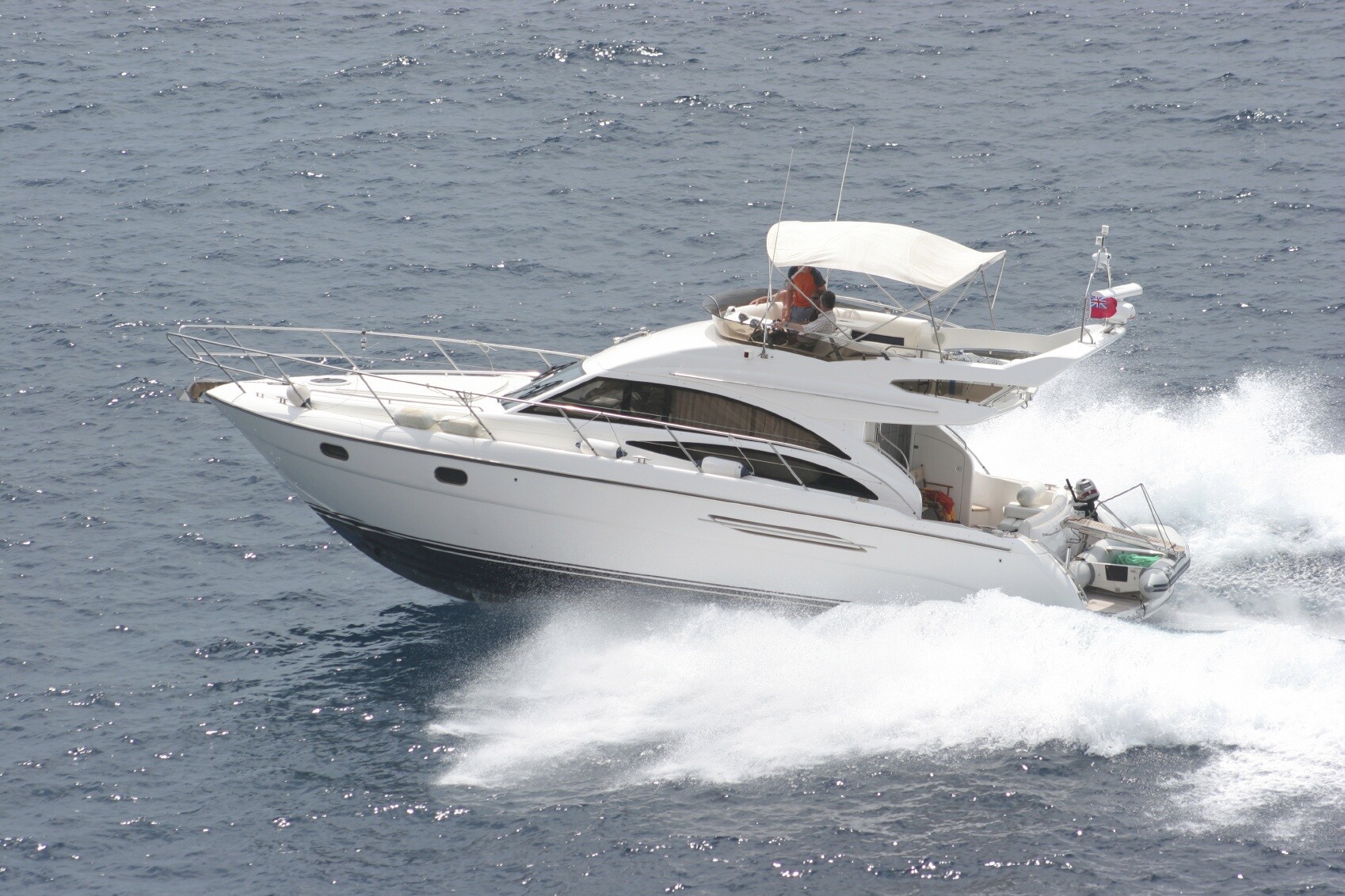
A couple years ago, we shared some advice for boaters from the U.S. Coast Guard on the best ways to be prepared for emergencies while you’re on the...
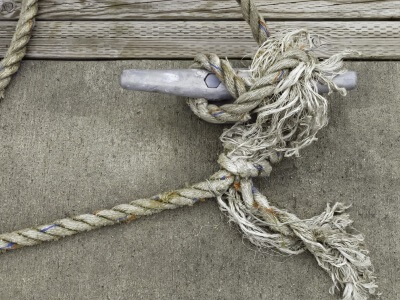
Most people would consider a successful boating season to be one where they stayed safe and they got a lot of use out of their boat without having...
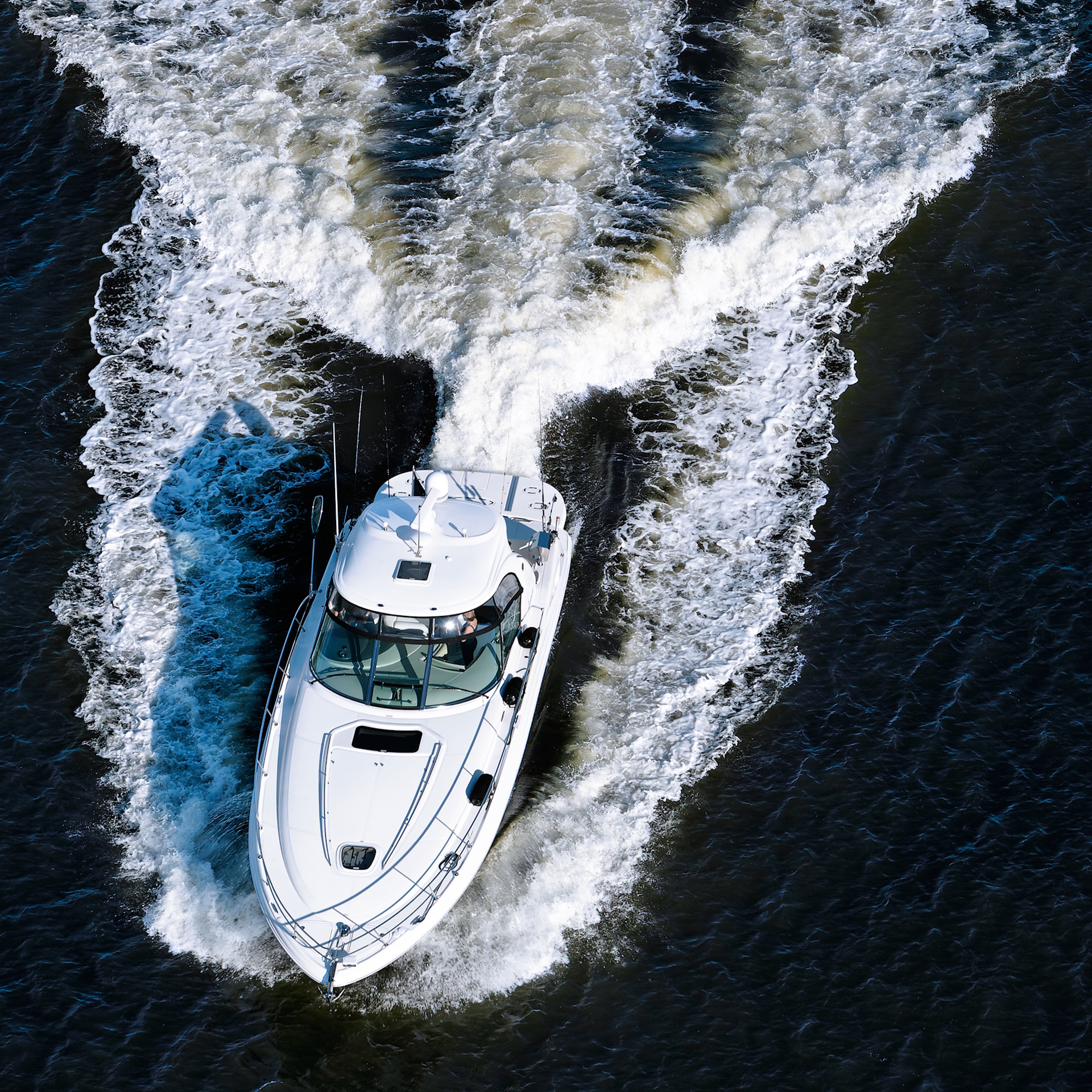
Whether you own a Performance model or just a runabout, you want to get the most out of it, every time you take it out. You don’t need a major...